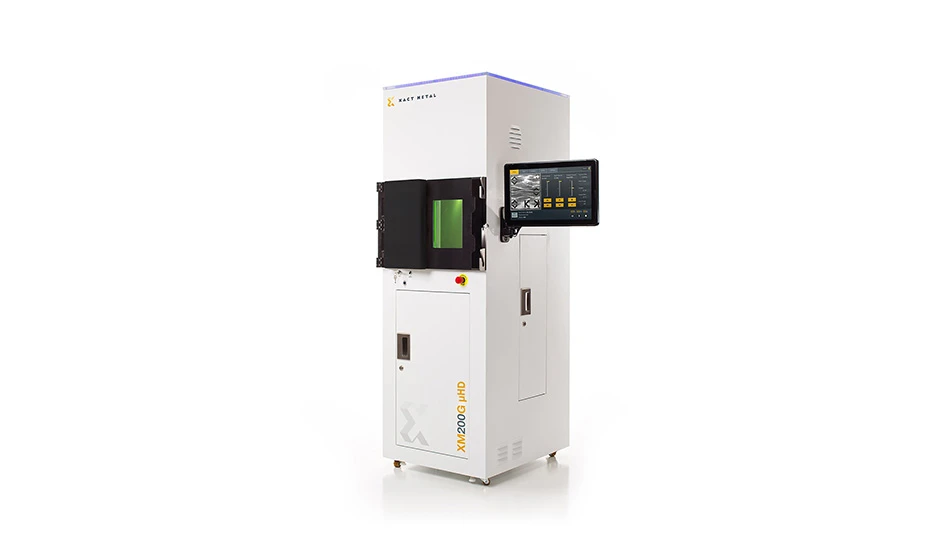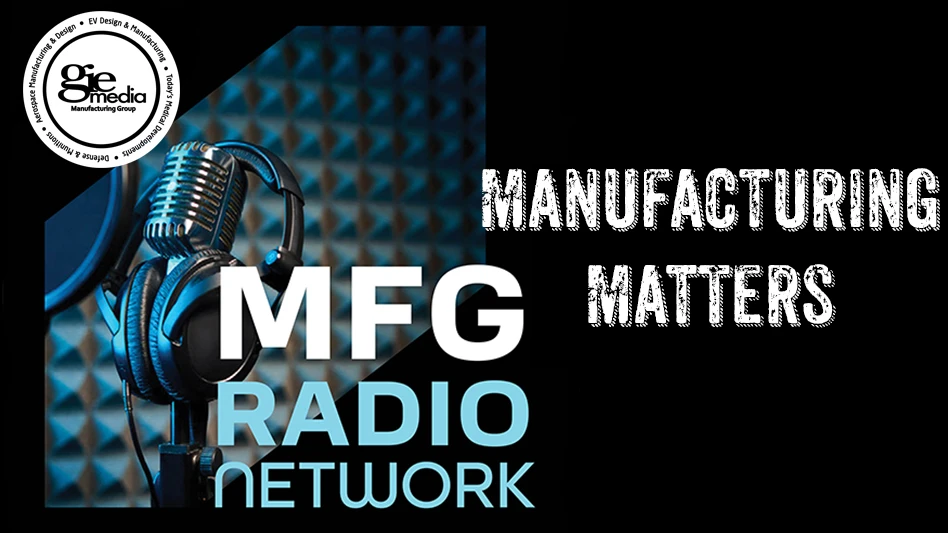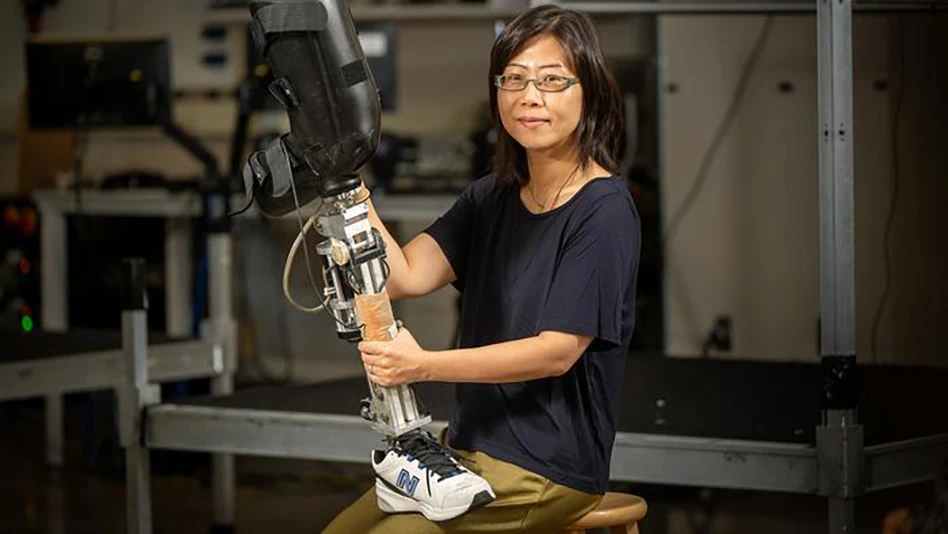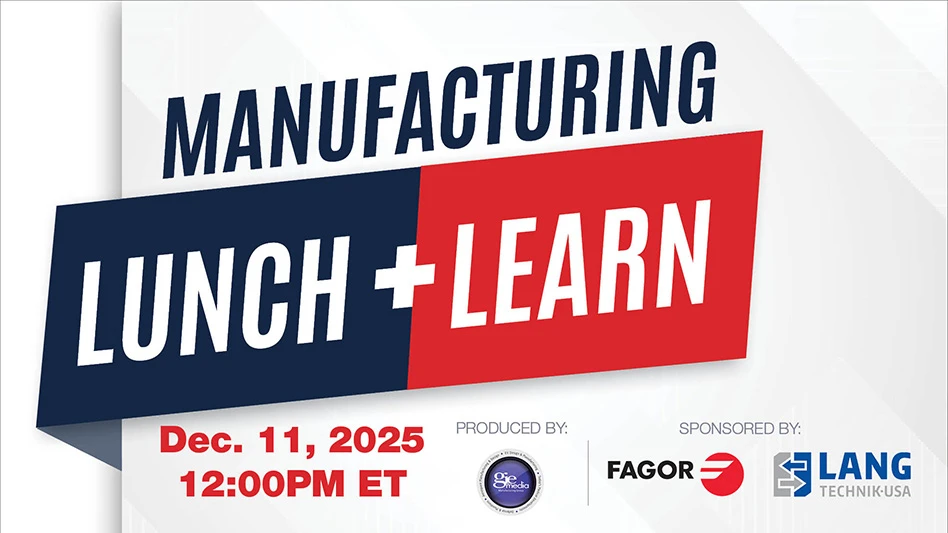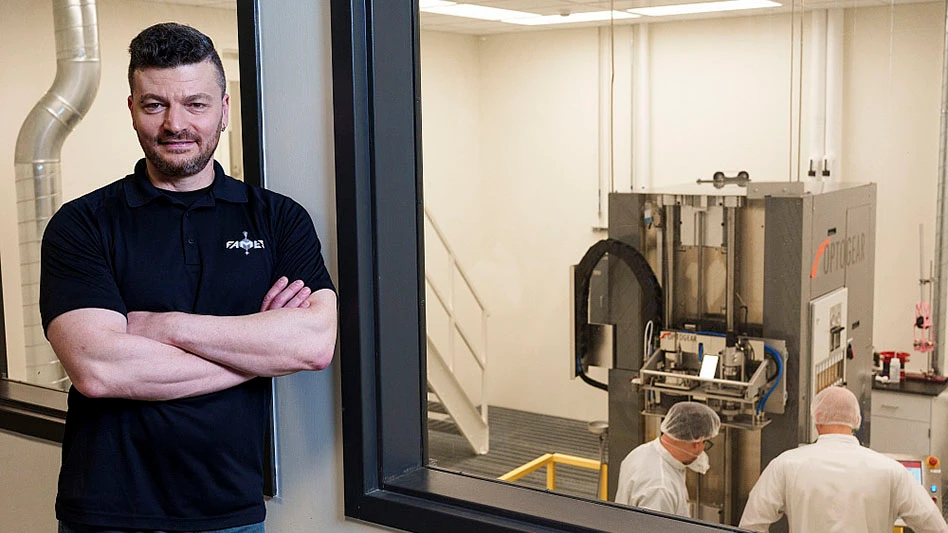During a medical manufacturing trip through Switzerland last fall, I had the opportunity to meet up with Jeffrey Jump, CEO, Biosensors International, Morges, Switzerland. Biosensors International is a company that develops, manufactures, and markets innovative medical devices for interventional cardiology and critical care procedures.
What follows is a look at Biosensors International’s products, essentially the BioMatrix Flex Drug Eluting Stent (DES) and his thoughts on the medical device market in both Switzerland and abroad.
TMD: When was Biosensors International founded and what are the products offered?
Jump: Founded in 1990, Biosensors International entered the interventional cardiology market in 2000. The Critical Care Products division develops and manufactures vascular catheters, pressure-monitoring kits, arterial blood sampling kits, and blood pressure transducers for use in open-heart surgery and critical care areas of the hospital. On the interventional cardiology side, our flagship product is the BioMatrix Flex DES. We also market the Gazelle BMS and a PTCA balloon dilation catheter, Powerline.
TMD: Of the products offered, the BioMatrix Flex – Abluminal Biodegradable Polymer DES seems to be making some waves in the industry. Can you talk about its design unique characteristics?
Jump: The BioMatrix Flex consists of an extremely flexible mechanical platform, coated on the abluminal (outer) side only with a biodegradable polymer, which elutes a limus drug, Biolimus A9.
All three elements of the stent – platform, polymer, and drug – are unique and developed in-house by Biosensors engineers. Unlike many other anti-proliferative drugs used in drug-eluting stents, Biolimus A9 was developed specifically for use in drug-eluting stents, with the highest lipophilic and hydrophobic profile in its class – maximizing targeted release to the tissue and minimizing loss into the blood stream. The naturally occurring polymer degrades to carbon dioxide and water over the course of around nine months, leaving a BioMatrix stent once the drug has eluted. BioMatrix Flex is currently the only commercially available drug-eluting stent with a biodegradable polymer. Because drug and polymer are only applied to the outer surface of the stent, an increased amount of the drug is released into the artery wall and systemic exposure is reduced.
TMD: What are the benefits of the BioMatrix Flex?
Jump: Three-year results from the LEADERS study, recently presented at TCT, shows a continuing positive trend towards a safety and efficacy benefit for BioMatrix Flex over Cypher Select, an industry-standard first generation stent with a durable polymer, in a real life patient population. The highly flexible nature of the platform also means that it is very deliverable.
TMD: How long did it take to get the BioMatrix Flex to market?
Jump: We first started developing our biodegradable polymer technology in 1999, and the original version of BioMatrix received CE Mark approval in January 2008. The BioMatrix Flex, with the same polymer technology and drug, but with a more flexible platform, received CE Mark approval in January 2010.
TMD: In what markets is the BioMatrix currently available?
Jump: BioMatrix is current available in major European, Middle East, and African markets, as well as Latin American markets.
TMD: What drove you to be located in Morges, Switzerland?
Jump: Switzerland is centrally situated for European operations and has good transport links: it has centers of expertise in interventional cardiology in Geneva, Lausanne, and Zurich, and a medical engineering center in Lausanne. Therefore, in Morges, we are well placed to tap into these resources. A number of other medical device companies are also located in this particular area of Switzerland, which means we have a ready pool of skilled staff available, as well as specialist service organizations that have grown up around us.
TMD: I know that BioMatrix is not currently available in the United States, can you talk about the troubles with bringing medical devices to the United States?
Jump: The United States is one of the most stringent markets in the world in terms of medical devices: in Europe, it typically takes between six months and two years to get a device approved; in the United States, by contrast, it can take up to seven years, and never less than two.
TMD: What are the issues with FDA approval, as you see it?
Jump: Essentially, [one of the larger issues is] the need to conduct large-scale, long-term safety studies in a comprehensive range of patient types. [This] is not completely the fault of the FDA, though, [as] the larger companies compete with each other to conduct the most comprehensive studies, [which] are often to more stringent specifications than the FDA actually requests. [Therefore this] raises the bar for less well-funded potential competitors, essentially applying a degree of protectionism.
TMD: What is the cost differential to get approval in the United States for a new device as compared to other countries?
Jump: In the United States, it typically costs $50 to $100 million, compared with Europe where it typically costs $2 million, and Japan where it costs around $3 million.
TMD: What are some of your future concerns with the standard of care in the United States compared to the rest of the world in regards to medical tools/technology not entering the United States at the pace they are in other countries?
Jump: Clearly, if the latest tools and technology remain unavailable in the United States, compared with other global markets, then not only will patient care suffer, so will innovation. As global companies shift their R&D efforts elsewhere, [this will] result in a brain drain to other developed and emerging markets.
TMD: In your opinion, what can the United States medical device industry, and the FDA, do to improve the R&D in the United States and the approval of new devices?
Jump: Representatives from the devices industry, and not just the major players, but also smaller companies like us, need to sit down with the FDA and realistically review the complexity of the regulatory process. In particular, [review of the complexity of the regulatory process] when benchmarked against regulatory systems of other developed markets, [and work to] agree to a new set of less stringent guidelines for regulatory submission. [This could] achieve a more realistic balance between protecting the patient and encouraging homegrown innovation.
Biosensors International (U.S.)
Newport Beach, CA
biosensors.com/usa

Explore the April 2011 Issue
Check out more from this issue and find your next story to read.
Latest from Today's Medical Developments
- GrindingHub Americas launches in 2027 in Cincinnati, Ohio
- Methods Machine Tools now offers the Nakamura-Tome NT-Flex
- Battelle awards $900,000 in STEM education grants to Ohio schools
- #55 Lunch + Learn Podcast with KINEXON
- Starrett and Gerstner offer limited edition, American made 1950s replica wooden machinist tool chests
- EMCO’s UNIVERSALTURN 50: The new benchmark in universal turning
- Archetype's Expertise for Equity accelerates early-stage innovation
- Stratasys expands its AM solutions with Tritone's cutting-edge technology
